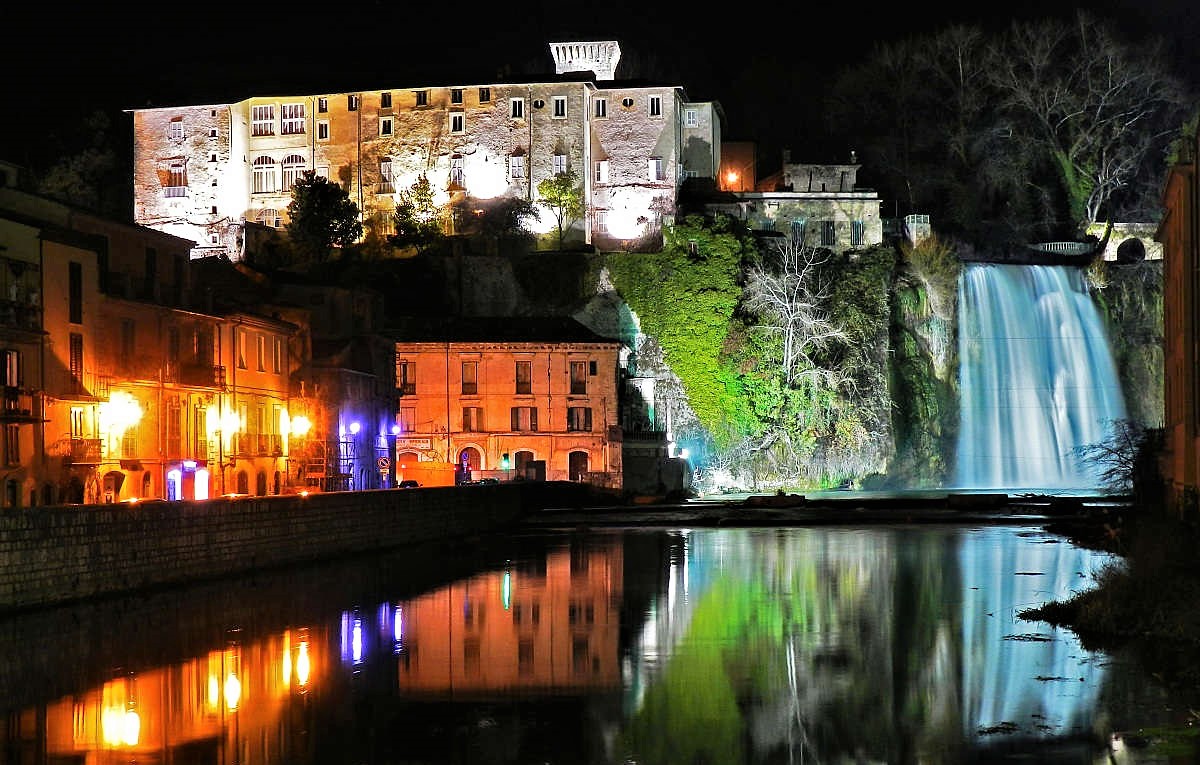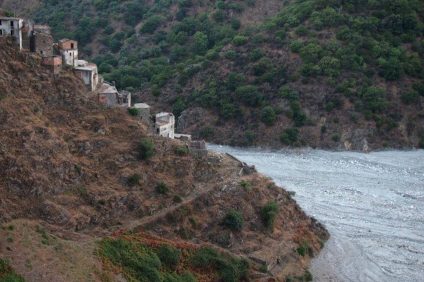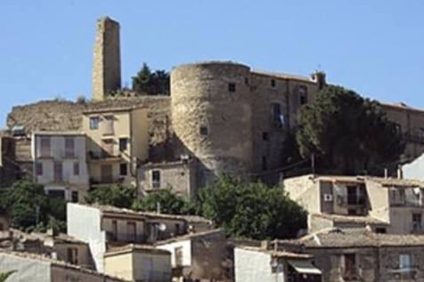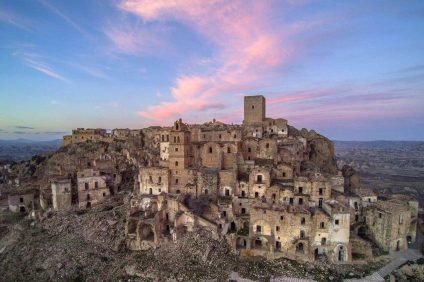There are many natural wonders in Italy. Some notes, others a little less, but always able to take your breath away. One of these is undoubtedly theIsola del Liri, in the province of Frosinone. This small town in Lazio holds a record: it is the only Italian city cut in two by a waterfall. You got it right, here the historic center is characterized by the jump of the river Liri.
The city of waterfalls
Isola del Liri is a town in the province of Frosinone. It develops on a small natural island in the center of the Liri river, a water course of about 120 km that originates in Abruzzo. The peculiarity of this town is in its waterfalls in the center. In fact, due to the difference in height, the river is forced to make a leap of almost 30 meters. This obstacle gave birth to the Great Waterfall and Valcatoio waterfall (so renamed by the locals), giving a unique landscape in the world.
The Big Waterfall is about 28 meters and literally cuts the historic center in two (the only case in Italy). This particularity has made it the symbol of the Liri Island and every year thousands of tourists flock to the small beaches just below the waterfall. Sometimes some daredevils challenge the choppy and icy waters for decidedly suggestive baths.
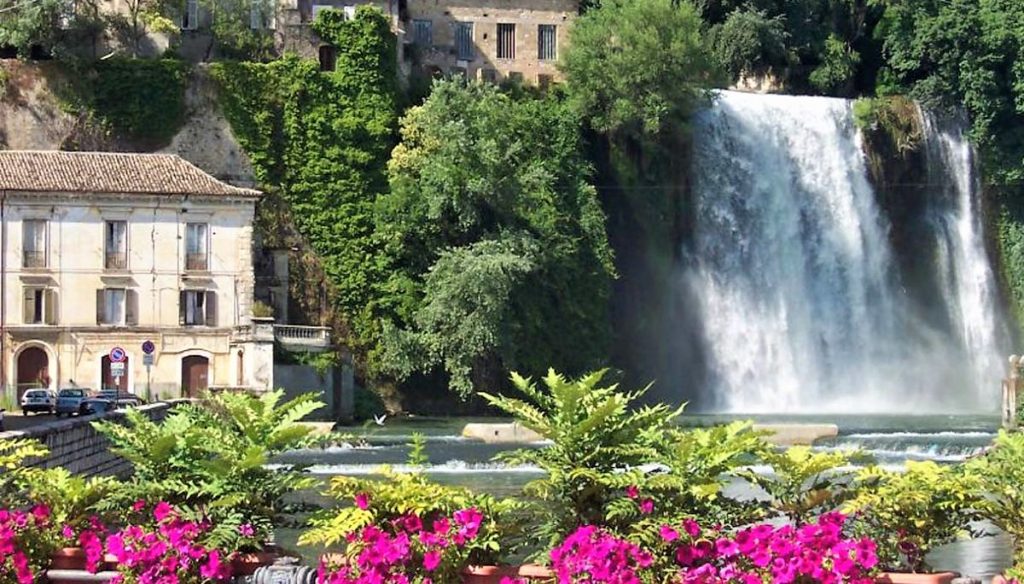
The Valcatoio waterfall, on the other hand, is less spectacular than the first as it does not develop with a sharp jump, but along a stretch with a lighter slope. This has allowed over the centuries to exploit its currents for local industry: from mills to hydroelectric generators.
History of the Liri Island
Already inhabited in time Romanian, over the centuries the Isola del Liri has witnessed the passage of numerous civilizations and dynasties: Lombard, Byzantine e Bourbons just to name a few. Its waters have always offered the industry great possibilities. Particularly in the nineteenth century the city became one of the largest industrial centers for papermaking in Europe. This is thanks to the many mills and generators that exploited the power of the falls. At the beginning of the twentieth century it was one of the first cities in the world to produce and distribute hydroelectric power for public and private use. In short, a place perhaps unknown to many, but which holds quite a few records.
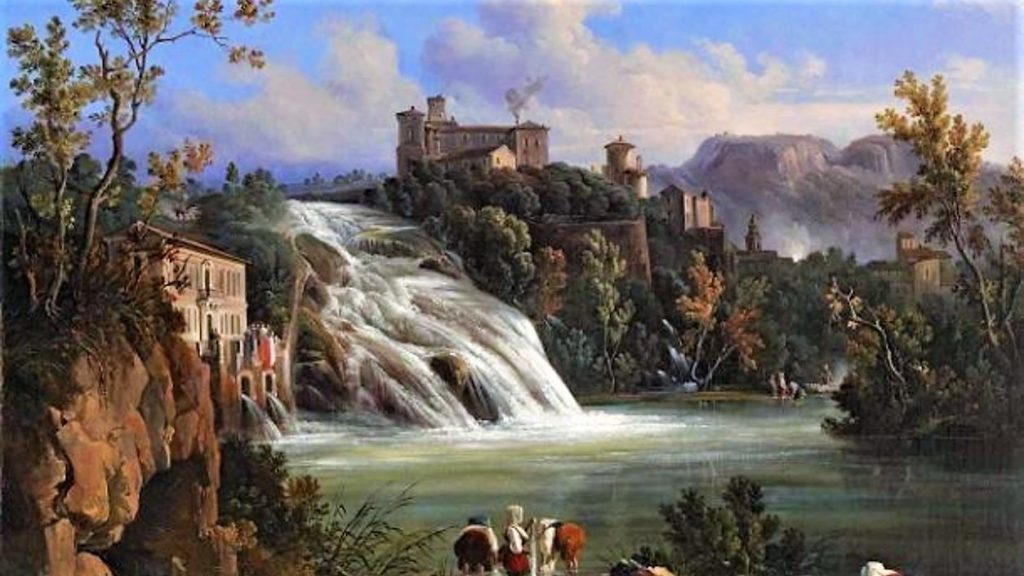
Cover photo by Matthew Roscioli

